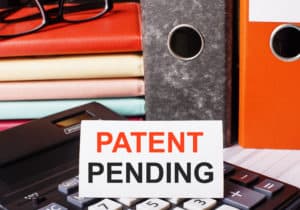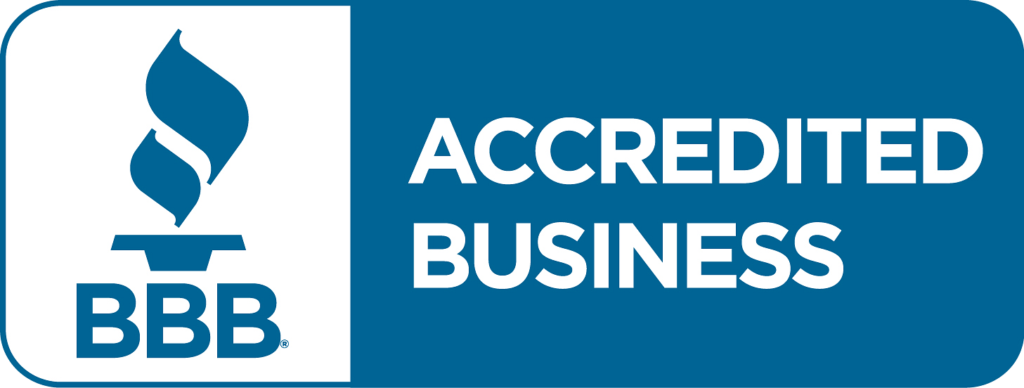One crucial question about starting a business is why to file a provisional patent application. A startup can file either a provisional patent or a non-provisional patent application. Of course, both have pros and cons, depending on the individual company and what makes the most sense for them. Still, often, startups face difficult decisions when it comes to patent protection. On the one hand, they want to secure their intellectual property as soon as possible. But on the other hand, they may not have the resources to file a complete non-provisional application. As a result, many startups opt to file a provisional patent application in such cases.
When you file a provisional patent application, you secure a filing date for the invention. But, provisional patent applications do not undergo a substantive examination by the USPTO. Filing a provisional can be attractive for startups because it is inexpensive, less time-consuming, and reduces upfront effort than filing a non-provisional application.
In addition, when you file a provisional patent application, you get a year to determine if you want to pursue the patent. However, there are some drawbacks to consider. First, you must convert a filed provisional patent application to a non-provisional within one year; otherwise, it will become abandoned. Second, since a provisional patent application is unexamined, it provides less protection than a non-provisional application. Thirdly, a provisional is never published, so your patent application will not become prior art for others with the same or similar invention. As a result, businesses must weigh the costs and benefits of each option before deciding which path to take. Ultimately, it’s a decision that you should make after carefully considering the business needs and goals and the invention’s development stage.
What is a provisional patent application?
- It has less formal filing and format required.
- Use it to establish the earliest priority date for a patent application.
- It automatically expires a year after filing unless converted into a non-provisional application.
- There is no examination for patentability, so it does not mature into an issued patent.
- It is never published.
- You can read more about a provisional in our previous blog here.
On the other hand, a nonprovisional patent application is examined by a patent examiner at the USPTO. The examination aims to determine whether the invention meets all the requirements for patentability. These requirements include novelty, non-obviousness, and usefulness. If the invention meets all the requirements, the application will be issued as a patent. The term of the patent will be 20 years from the first filing date.
Reasons to file a provisional patent application.
Let us examine strategies for when you should file a provisional patent application, its benefits, and when you should avoid filing a provisional patent application.
Before analyzing the rationale for filing for a provisional patent application, let me clearly state that filing a provisional patent application is better than not filing any application in most circumstances. Still, provisional applications can be a strategic tool that can help in various ways. Below is the rationale for filing a provisional patent application.

Create the earliest priority date when you file a provisional patent application.
It is essential to file a provisional patent application as early as possible to create the earliest “effective” filing priority date. The earliest priority date is best because patent applications are evaluated based on their filing date in the U.S. and nearly all foreign countries. In particular, the patent office will examine and assess the merits of your patent application against all “prior art” as of the date you filed a patent application. The bottom line is that “prior art” encompasses all patents and patent applications filed before your filing date and any publicly available publications, products, and activities. Therefore, you may be disadvantaged if you wait too long to file your patent application.
Filing a provisional patent application will create an effective filing for your non-provisional application. Thus, the USPTO will examine your nonprovisional application against prior art before filing your provisional patent application. Therefore, the earliest effective date may be the best way to ensure that your non-provisional application will succeed. Filing a provisional patent application eliminates any prior art that arises after filing a provisional patent application with the USPTO. In addition, filing a provisional patent application ensures no one else has a right to your invention after your filing date if you convert it into a non-provisional and it is published.
File a provisional patent application for initial inexpensive patent protection.
It allows you to avoid the higher USPTO fees and more formalities of traditional nonprovisional patent application filing. In addition, because of fewer formalities and formatting requirements, a provisional patent application can be drafted and filed faster. These reduced formalities translate into lower fees for preparing and filing a provisional patent application, thus making for a quick and inexpensive filing.
When businesses need to file a patent application before a scheduled event, such as public presentations, demos, new product launches, and sales, they can quickly prepare and file a provisional patent application. This interim submission will be filed as a legal best effort for when the nonprovisional patent is submitted so that there is no delay in getting started on your product’s production, marketing, or sales.
Startups often may find themselves in a position where they need to file a patent immediately but don’t have the cash, resources, or necessary innovation and product development information. Filing a provisional application allows you to make your best effort with the available resources and product information and then add refinements when filing the non-provisional patent application.
In these examples, and in similar situations where a temporary placeholder application can help, a company may get some protection for their invention with an early filing of a provisional patent application. Under these circumstances, filing a provisional patent application is better than not filing any patent application.
Defensive filing of a provisional patent application to get a patent-pending status.

You can file a defensive provisional application to formalize your company’s technical developments and get a patent-pending status for your invention. The patent-pending status will allow you to deter others from copying your product. Thus, you will also be able to document your company’s technological innovation and development for defensive purposes, which also helps you compete in an increasingly competitive market. In addition, by filing a provisional patent application before meeting with your collaborator or investor or going to conferences, you can establish that you developed the subject matter in this filing independently and without any input from them.
Another situation where a defensive patent is proper is when you have publicly disclosed your invention. The disclosure can be directly through you or indirectly by another (to whom you had disclosed information regarding your invention). In that case, you only have 12 months from the date of disclosure to file your patent application in the U.S., or else you will be ineligible for a patent. Therefore, it is essential to file a provisional patent application to create an effective filing date before the first anniversary of the disclosure.
Buy time while you improve your product by filing a provisional patent application.
If your research has not concluded into a product, you still must protect your invention and pursue patents. In such a case, provisionals are great for a patent covering ongoing research and development. The improvements may be minor refinements or incremental improvements during your research and development process. You can file a provisional patent application, or alternatively, you can update them multiple times over one year; later will create a series of provisional patent applications to capture all those little changes. In either case, you will file a nonprovisional application before the first anniversary of the provisional patent application. Additionally, you can keep your work confidential with a provisional patent application.
Proactively protect your idea to evaluate the value of your invention.
There are many reasons businesses may want to file a patent application very early in development. You can file a patent even when your idea is still undeveloped into a product, but you want to explore the potential of your invention. Therefore, the cost of a formal application may be prohibitive at such a time, but uncertainty in your invention’s potential value makes it worth exploring the option. In addition, you can get comprehensive protection during a nonprovisional patent application filing. You can include any improvements while converting the provisional into the nonprovisional, provided you improve and develop the product during the interim period.
Do not neglect a non-provisional patent application filing cost.
Since the provisional application is a temporary placeholder patent, it cannot become an actual patent without a non-provisional filing within 12 months. So even though it can provide you with some short-term, lower-cost solutions, the solution is temporary. It will become abandoned if not converted into nonprovisional within 12 months of filing. Thus, it is necessary to budget and consider it in light of future costs and investment needs. For example, suppose your patent attorney drafted the provisional patent application in a rush or under a constrained budget. There could potentially remain significant room for improvement when preparing more substantial applications. These new costs will include patent attorney fees and USPTO fees.
Avoid poorly drafted provisional patent applications.
Inadequately drafted provisional or nonprovisional can harm your invention more than provide patent protection. All advantages of a provisional patent can only be available if you appropriately prepare the provisional patent application. For example, don’t draft a poorly written provisional patent application without a thoroughly written disclosure that a patent attorney did not write. Additionally, you must draft and file a provisional patent application to support all claims, especially the broad claims, in the non-provisional application. Thus, your provisional patent application should contain adequate disclosure to support your nonprovisional claims for you to get an earlier filing date for all claims.
Patent attorneys pr patent agents are vital to creating a strong patent portfolio because they have the legal expertise and technological know-how needed to protect your ideas.
Conclusion

Not filing a good quality provisional or nonprovisional puts your invention at high risk for poor or no protection. We help innovators protect their inventions from theft by other scientists and inventors. If you have an innovative new product that needs to be patented, get in touch with Dr. Malik for legal advice on how best to protect it. We offer affordable services without compromising the quality that covers the entire process. Contact us for an initial free consultation if you want to excellent quality patent at a reasonable cost.




